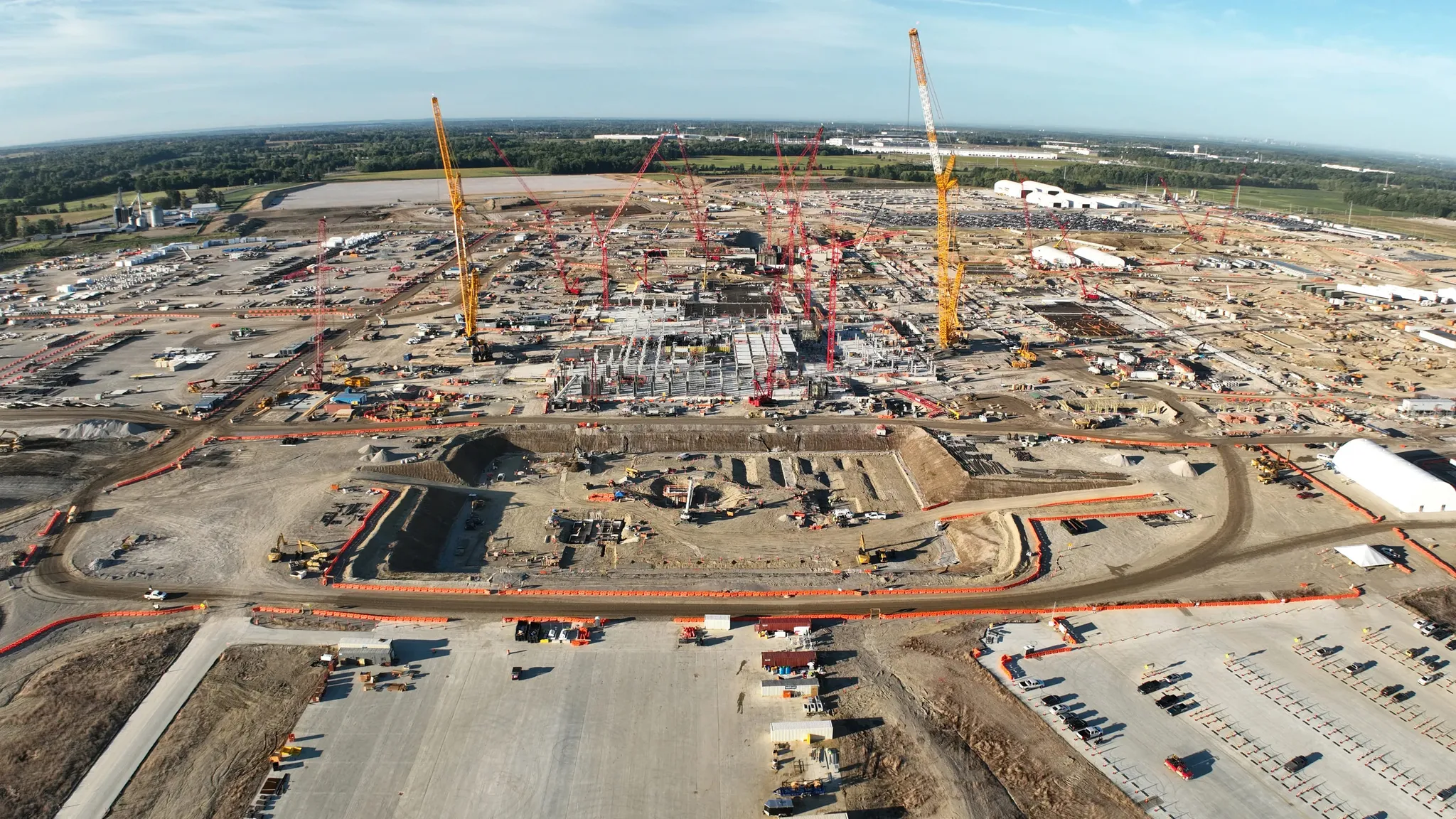While the American technology industry grapples with geopolitical storms and economic upheavals, President Donald Trump's administration is making an unprecedented move: the federal government is acquiring approximately 10% of Intel's shares, investing nearly $9 billion in this semiconductor giant. This boldly announced deal, typical of Trump’s style, could be a lifeline for the long-awaited chip factory in central Ohio, which has been plagued by delays and financial difficulties for years. But as my experience in covering corporate crises and government interventions in business shows—ranging from the 2008 auto industry bailout to modern battles over technological dominance—such investments rarely come without pitfalls, especially when intertwined with international regulations and political ambitions.
The Intel project in Ohio, costing over $28 billion, was meant to symbolize the revival of American manufacturing: two massive factories capable of producing advanced microchips, promising to create 3,000 permanent jobs and up to 7,000 construction vacancies, boosting the economy of a state still recovering from the pandemic and industrial downturn. However, reality has proven harsher. The originally planned opening in 2025 has been repeatedly postponed—initially to 2027, and now, according to the latest company statements, to 2030–2031. The reasons? Lack of new clients, global competition from Taiwanese giants like TSMC, and internal Intel issues, including mass layoffs and strategic miscalculations that have slowed construction. As Ohio construction industry leader Mike Knisley from the State Building Council noted, “The Intel project is reminiscent of rollercoasters.” In a conversation with me, Knisley—whose decades of negotiation experience with corporations I’ve followed—expressed cautious optimism: “I think government investments or even external funding will bring some stability to the company and the project itself, especially here in Ohio.”
According to Knisley, this stability is desperately needed for thousands of workers waiting on the sidelines, observing as promised jobs are delayed due to Intel's financial troubles. The company, once an unequivocal leader in processor manufacturing, has lost ground due to poor management—quite simply, as Trump recently stated: “They have had bad management for many years and got lost.” Known for his penchant for loud deals that bolster American industry, the president announced the investment as a victory: “This is about the United States of America, and I said: ‘I think it would be good to have the United States as a partner.’” He added that Intel CEO Lip-Bu Tan, who took the helm in March 2025 after turbulent leadership changes, agreed to the deal which, in Trump’s view, is “wonderful” for both sides. “He came wanting to keep his job, and ended up giving us $10 billion for the United States,” the president concluded, hinting at broader ambitions to make similar deals in the future.
But behind the shine of presidential proclamations lie serious risks. Just a few weeks ago, Trump and Senator Bernie Moreno called on Tan to resign over his connections to the Chinese government—accusations reflecting Washington’s wider paranoia about technological dependence on Beijing. After the meeting, Trump changed tone, but Intel already warned of “negative consequences” stemming from government ownership. In corporate filings, the company mentioned that 76% of its revenue comes from outside the US, and government involvement as a major shareholder could trigger regulatory barriers in other countries, such as foreign subsidy laws. These are not empty words: in my career, I have seen similar deals complicate global operations, especially in Europe and Asia, where antitrust authorities keep a close eye on state intervention.
Historical context adds weight to these warnings. As Jonathan Entin, law professor at Case Western Reserve University, explained, the federal government rarely acquires stakes in private companies, but precedents exist—for example, after the 2008 crisis, when the Obama administration temporarily invested in General Motors and Chrysler to prevent bankruptcy. “The goal was to keep these companies afloat, and the idea was not to maintain a long-term government ownership stake,” Entin said. In that case, the government sold off its shares over several years, but with a key difference: the deal required Congressional approval. In this situation, Entin notes, “the burden of convincing the government increases, so they can say, ‘Well, this wasn’t done before, but it could be done now.’”
Knisley shares these concerns, emphasizing that the government should not hold a controlling stake or influence the operations of the private company. Intel stated in its press release that the government will not gain a seat on the board and that the deal will “accelerate” microchip manufacturing efforts. However, insider information from the industry I have gathered over years shows that such government investments—often conversions of grants from the CHIPS Act into equity—can speed up projects but also impose bureaucratic constraints. We reached out to Intel for comments on the impact this might have on Ohio, but received no response.
Meanwhile, Knisley prepares for a meeting with construction leaders this week, hoping for a breakthrough. “I am cautiously optimistic,” he said. “I would like it to be a bit expedited and completed by 2030.” For Ohio, a state where industrial revival is not just an economic imperative but a political slogan, this deal could be a turning point. But in a world where technology intertwines with geopolitics, the question remains: will government funds act as a catalyst for innovation or instead become a source of new conflicts threatening America’s global leadership? Time will tell, but one thing is clear: the stakes are higher than ever.


